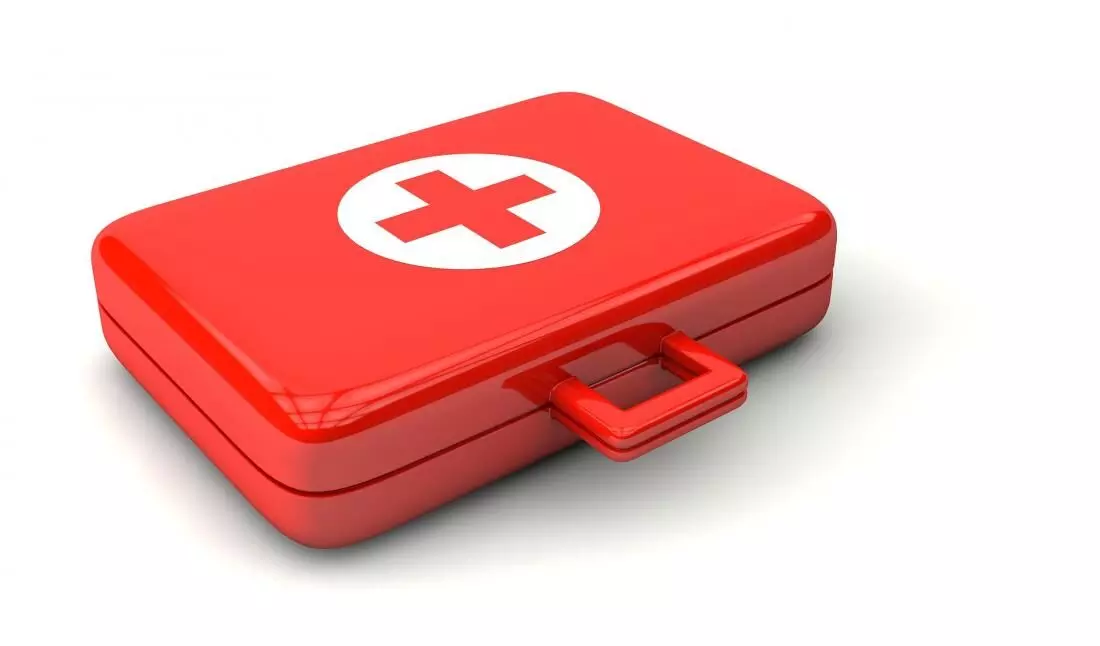Essential First Aid Skills: A Comprehensive Guide For Everyday Emergencies

Accidents and situations can happen at any time, so knowing basic first aid skills is not only helpful, it could save a person's life. Knowing how to handle injuries or sudden illnesses properly can make all the difference between a good result and a bad one, whether you're at home, at work, or in public places. This complete guide is meant to shed light on the basic ideas of first aid so that people can act with confidence and clarity when they need to.
Understanding HLTAID011 And Its Importance
First and foremost, it's crucial to acknowledge the significance of accredited first aid training programs such as HLTAID011. This certification gives people the skills and knowledge they need to respond to emergencies with first aid, provide life support, and handle the casualty(s), the scene of the accident, and other first aiders until emergency medical services arrive.
HLTAID011 is also known as "Provide First Aid," and it teaches a lot of important first aid skills, like cardiac resuscitation (CPR), how to stop bleeding, and how to treat fractures, sprains, and other injuries. This certification not only makes people better prepared, but it also makes cities safer by making sure that emergency responses are done better.
Assessment And Response
The first step in any emergency situation is to assess the scene for potential hazards and ensure personal safety before approaching the casualty. Once it's safe to do so, the next crucial step is to assess the casualty's condition and determine the appropriate course of action.
For instance, in cases of unconsciousness, the acronym DRSABCD provides a systematic approach:
D: Danger: Check the scene to see if there are any risks to you, other people, or the victim.
R: Response: Check for a response by gently tapping the casualty and asking if they're okay.
S: Send For Help: If the casualty is unresponsive or in critical condition, call emergency services immediately.
A: Airway: Ensure the airway is clear and open by tilting the head back and lifting the chin.
B: Breathing: Watch the chest rise and fall to make sure the person is breathing. Start CPR if the person is not breathing regularly.
C: CPR: Initiate cardiopulmonary resuscitation (CPR) by delivering chest compressions and rescue breaths as necessary.
D: Defibrillation: If an automated external defibrillator (AED) is available, follow the device's prompts for defibrillation.
Common First Aid Scenarios And Interventions
Here are some common scenarios and recommended first aid interventions:
Cuts And Wounds: Use water to clean the cut and direct pressure to stop the bleeding. Use a clean cloth or dressing to cover the wound.
Sprains And Strains: Rest, ice, compress, and raise (RICE) are the best ways to treat sprains and strains. If you have to, keep the hurt area from moving.
Burns: Run water over the burn for at least 20 minutes to cool it down, and then put a clean bandage over it. If you have serious burns, you should see a doctor.
Fractures: Immobilize the injured limb using a splint or improvised materials and seek medical assistance promptly.
Allergic Reactions: Administer an epinephrine auto-injector (if available) and call emergency services for severe allergic reactions (anaphylaxis).
Maintaining First Aid Skills
Effective first aid skills require regular practice and review to remain proficient. Consider participating in refresher first aid courses and staying up-to-date with the latest guidelines and techniques. Additionally, maintaining a well-stocked first aid kit in accessible locations, such as homes, workplaces, and vehicles, ensures readiness to respond to emergencies at any time.
Conclusion
In conclusion, essential first aid skills are invaluable assets in navigating the uncertainties of everyday life. By investing in accredited training programs like HLTAID011 and familiarizing oneself with basic first aid principles, individuals can become empowered to take swift and effective action in emergencies, potentially saving lives and minimizing harm. Remember, in emergencies, every second counts, and being prepared can make all the difference.















